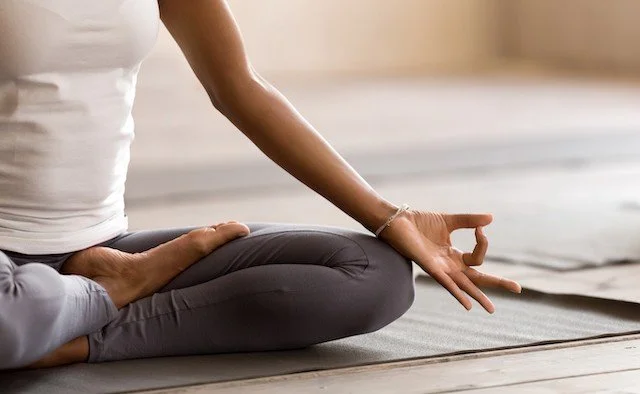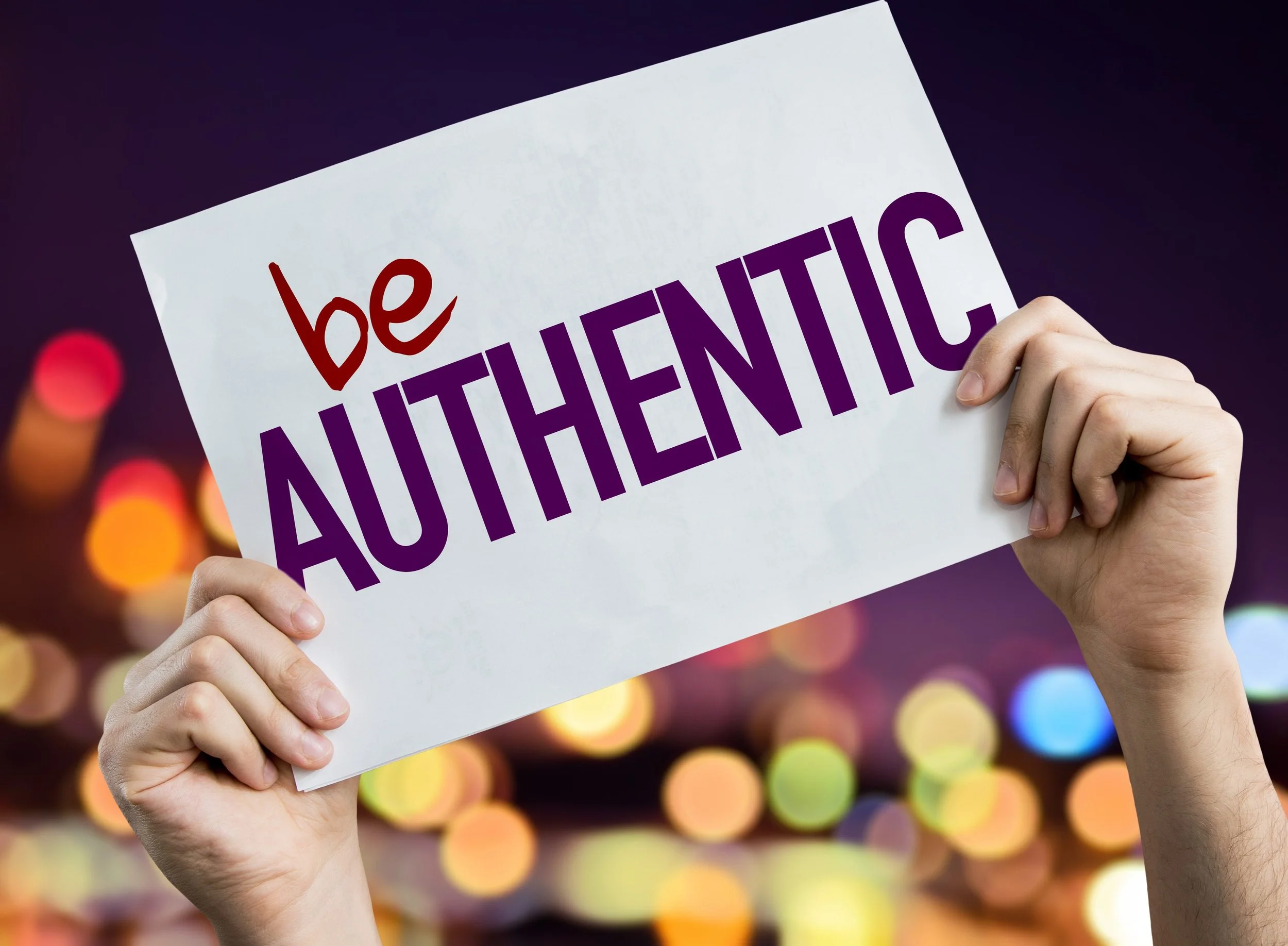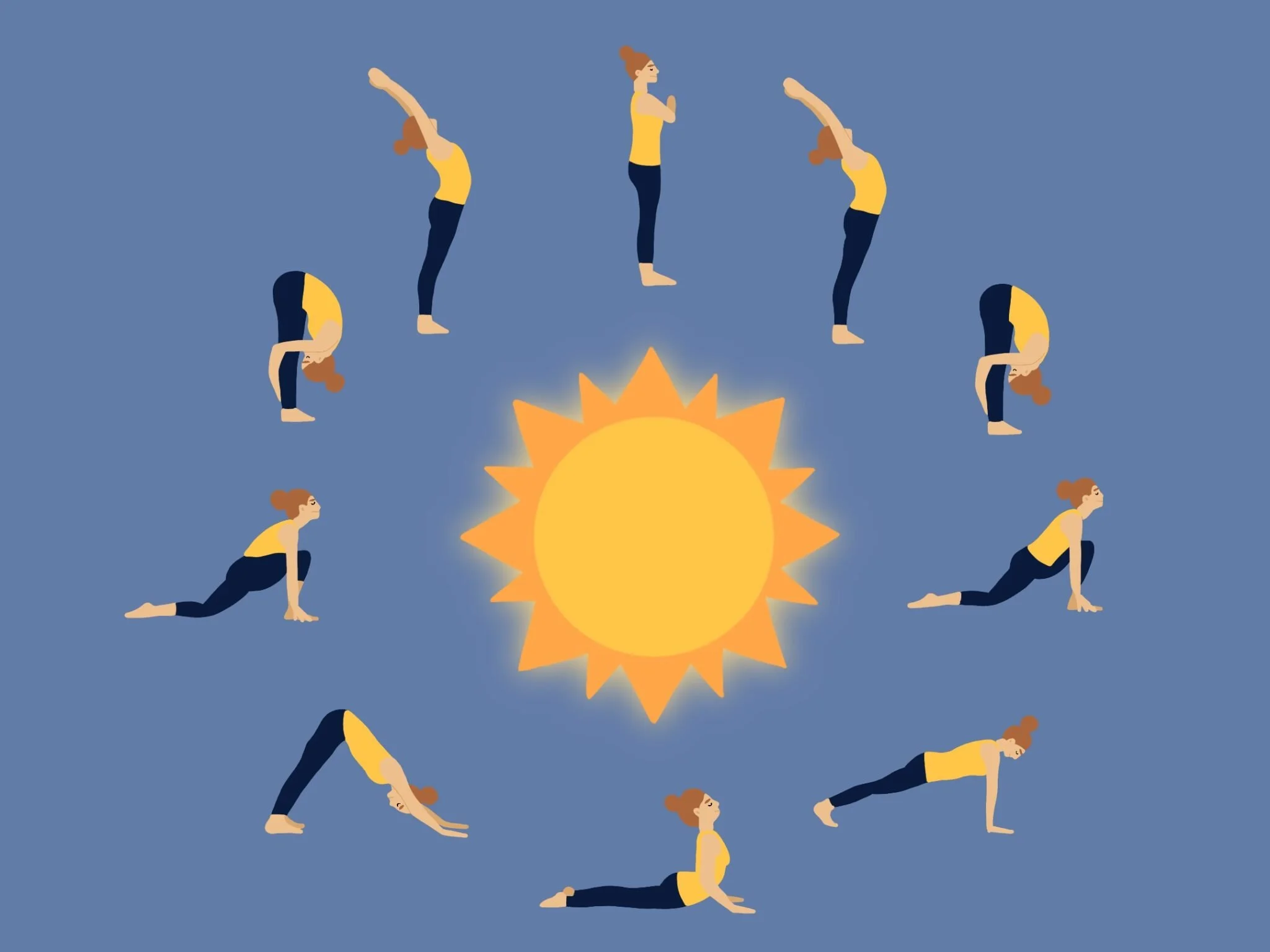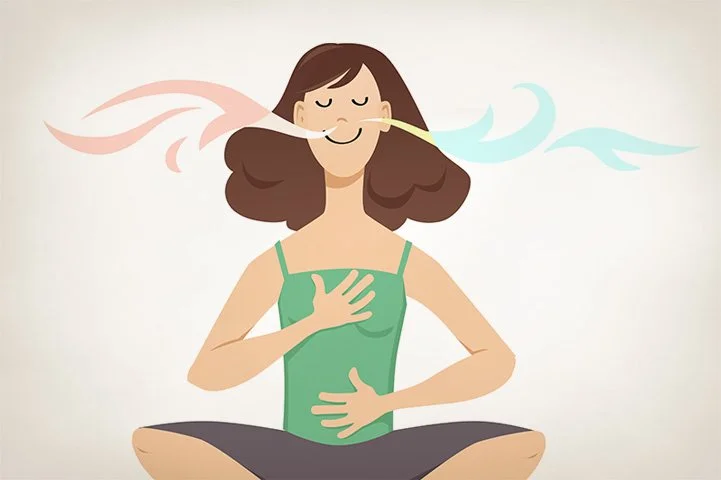Once upon a time, there was a seeker who wanted to connect with the divine. The seeker knew that the path to enlightenment required discipline, focus, and a willingness to work hard. However, the seeker was also a procrastinator, and would often put off their spiritual practice.
One day, the seeker met a wise sage who could see that the seeker was struggling with procrastination. The sage shared a parable with the seeker.
The sage told the seeker about a great king who ruled over a vast kingdom. The king knew that he needed to be a just and compassionate ruler in order to earn the respect and loyalty of his subjects. So he would often spend hours each day in prayer and meditation, seeking guidance and inspiration from the divine.
However, the king also had many duties and responsibilities that required his attention. He would often get distracted by the demands of his role, and would put off his spiritual practice for days or even weeks at a time.
One day, the king met a holy man who could see that the king was struggling with procrastination. The holy man shared a parable with the king.
The holy man told the king about a garden that had been neglected for many years. Weeds had grown up everywhere, choking out the flowers and vegetables that had once thrived there. However, with a little care and attention, the garden could be brought back to life.
The king realized that his spiritual practice was like a garden. If he didn't tend to it regularly, it would become choked with distractions and obstacles. But if he made it a priority and committed to a daily routine of prayer and meditation, he could cultivate a beautiful garden of the soul.
The seeker was inspired by the sage's parable, and began to cultivate a daily spiritual practice. By making their spiritual growth a priority and committing to a regular routine, the seeker was able to overcome their procrastination and connect more deeply with the divine.
The moral of the story is that procrastination can hinder our spiritual growth and prevent us from achieving our highest potential. By making our spiritual practice a priority and committing to a regular routine, we can cultivate a deeper connection with the divine and experience greater peace, joy, and fulfillment in our lives.
Procrastination is the act of delaying or postponing tasks, often to the point of feeling overwhelmed or stressed. It can be caused by a variety of factors, such as fear of failure, lack of motivation, or a tendency to prioritize immediate pleasure over long-term goals.
Procrastination can have negative consequences, both in terms of productivity and mental health. When we put off tasks, they often become more difficult and time-consuming to complete, leading to increased stress and anxiety. Procrastination can also create a cycle of guilt and self-blame, which can erode our self-confidence and motivation over time.
There are many possible causes of procrastination. Here are some common ones:
Fear of failure: Some people procrastinate because they are afraid that they will not be able to do the task well or that they will fail.
Lack of motivation: If a task does not seem important or interesting, it can be hard to find the motivation to get started.
Overwhelm: Some tasks may seem too big or complex to tackle, leading to feelings of overwhelm and paralysis.
Perfectionism: If you have high standards for yourself and are afraid of making mistakes, you may put off tasks because you feel like you will never be able to do them perfectly.
Lack of clarity: If you are not sure what the next steps are or how to proceed, it can be hard to get started.
Distractions: With so many distractions available, from social media to TV to email, it can be easy to get sidetracked and put off important tasks.
Poor time management: If you struggle to manage your time effectively or prioritize tasks, it can be hard to get everything done in a timely manner.
Identifying the underlying causes of procrastination is the first step toward overcoming it. Once you understand why you are procrastinating, you can develop strategies to address those specific issues and get back on track. This might include setting clear goals, breaking tasks into smaller steps, creating a schedule or to-do list, limiting distractions, or seeking help and support from others.
Here are some strategies to overcome procrastination:
Break tasks into smaller steps: Large tasks can be overwhelming, so break them into smaller, more manageable steps. This will make the task feel less intimidating and help you make progress.
Use a timer: Set a timer for a specific amount of time, say 25 minutes, and focus on the task for that entire period. This technique, called the Pomodoro Technique, can help you stay focused and make progress on your work.
Prioritize tasks: Determine which tasks are most important and need to be done first. This will help you stay on track and prevent you from getting sidetracked by less important tasks.
Eliminate distractions: Turn off your phone, close unnecessary tabs on your computer, and remove anything that might distract you from your work. This will help you stay focused and minimize the temptation to procrastinate.
Find an accountability partner: Find someone who can help hold you accountable for getting your work done. This might be a friend, coworker, or mentor.
Create a schedule: Create a schedule or routine for your day, and stick to it as closely as possible. This will help you build good habits and reduce the likelihood of procrastination.
Here are some resources for overcoming procrastination:
The Procrastination Equation by Piers Steel: This book provides insights into why people procrastinate and strategies for overcoming it.
The Now Habit by Neil Fiore: This book provides a comprehensive approach to overcoming procrastination and building a more productive, fulfilling life.
Focus@Will: This app provides music that is specifically designed to help you focus and be more productive.
Forest: This app helps you focus by growing a virtual forest. When you start a task and don't check your phone for a set period of time, a tree grows in the app.
RescueTime: This app tracks your time on your phone and computer, and provides insights into where you are spending your time. This can help you identify areas where you might be wasting time and procrastinating.
Ultimately, the key to overcoming procrastination is to identify the root causes of the behavior and develop strategies that work for you. By adopting healthy habits and making changes to your mindset and approach to work, you can break the cycle of procrastination and achieve greater productivity and fulfillment in your life.




















